One thing that practically every website needs is content. Written content. But writing for the modern internet isn’t as straightforward as putting some thoughts to keyboard and letting them run wild. There are a lot of things to consider when writing web pages including SEO, target audience, and much more. Then there are ongoing articles to inform, educate, entertain, or persuade users. But how can you begin to delve into the intricacies of good content when you aren’t sure how to write a blog?
Since writing is something all of us do–daily for a lot of us–you might think it will come easy for you. And kudos if it does. But many people find they’re stuck with a blinking cursor on a blank page when it’s time to sit down and get it done. If you’re in the latter category, this article might be good for you. We’ll go over everything you need to start your own blog, from choosing a voice to a basic blog structure ideal for SEO and engagement.
A lot of examples for this blog are related to our recent article Are Google and Facebook Spying on You–have a read of it if you haven’t yet!
Choose a voice and style
One thing that users expect is for you to keep a consistent voice and style. The first step in learning how to write a blog is to choose the right type for you. A lot of business owners get stuck thinking they need to be “formal and professional” in their writing. Being professional is good, but that doesn’t mean you need to be formal. You can if you want and if it represents you, but don’t go out of your way to grab a thesaurus and chuck in a profusion of synonyms.
Styles in Action
To show what we mean here are two versions of a phrase asking for the same thing. Which one would you rather get?
Fancy Formal
Outstanding payments are required to be reconciled by the Duodenary hour commensurating on the twentieth, approximately bi-fortnightly.
Straightforward
Invoices are due by noon on the 20th of each month.
What style is right for you?
The most important part of choosing a voice and tone is finding the right one that represents you and your business. We go over a number of different styles in our article 9 Reasons Why you should use a professional copywriter if you’d like some style ideas and examples. You might have to play around with a few before you find the one that sounds right for you and your business.
Article Structure
Web pages should be written in Hierarchal Structure–a structure that clearly designates related topics. Websites do this with the use of Headers. The smaller the header number, the more weight it holds with Google. H1 is the highest, then H2, and so on. In WordPress, you can change to a Header by finding where it says “Paragraph” in your text editing section. Simply change it to the appropriate Heading and press enter. Most sites will default back to Paragraph after pushing enter.
Using headers and Hierarchal Structure is good practice in general too. It helps clearly define what you’re writing about. In Google Docs, you can do this by clicking the “Normal text” between the font and Zoom on the toolbar. Then click and change the Headings.
The longer your content, the more important this structure is.
One structure we’re all familiar with is books. Books have a Title, Table of Contents, and Chapters. If there aren’t any chapters it’s hard to find what you need later on. It’s also harder to read without any breakpoints. This same idea applies to websites.
Basic article structure
Here’s what a basic article structure should look like:
Title (Title Bar at Top or H1 if no Title Bar)
Introduction: Situation or anecdote that ties into your main topic or a brief overview of your main topic.
Section Heading (H2)
Brief overview of section, 1-2 sentences can work or a full paragraph or two if you’d like.
Subtopic of section (H3)
The subtopic should be related to the section in some way. Paragraphs would typically be 3-5 sentences, but you can have as many of them as you’d like.
Additional subtopic (H3)
If you have another subtopic related to your section, break it down here. Here’s a good rule of thumb if you can’t decide if you need another subtopic; If your subtopic gets over 300 words, it should be split into a new one.
You can write use as many subtopics as you’d like.
Further Subtopics (H4 – H6)
If you need to subdivide a section up further, WordPress has headings pre-built all the way down to H6. If you feel the need to go beyond that, you may need to break up your article into multiple separate ones.
Next Section (H2)
Once the topic seems different enough to deserve its own section, break it up with a new H2. This new section can have its own subtopics as well. Add as many sections as you need to cover your main points.
Conclusion and Final Thought (H2)
Your final thought with a call-to-action.
Want to download this structure for easy use later? Download it by clicking the button below.
How to write your blog article
Once you have your style and know the structure, it’s time to write the actual article. When you’re writing the article, there are a few things you can do to help your SEO at the same time that we’ll cover here.
The title
For SEO purposes so you can be found on Google, your title should be something people are searching for. One of the best methods is to use is to have your title be a question–a question people are asking. Since this is a straightforward how-to, we decided not to go with a question here. But you may have noticed that many of our articles are questions. A good example of this is: Are Google and Facebook Spying on You?
The Intro
If you jump straight into informing your readers, you risk losing them. Instead, consider starting out with an opening paragraph using a situation or problem the reader is likely to encounter. This is called a hook. Just like with fishing, the hook grabs on to a passerby. Then you have to reel them in with the rest of your article.
You’ll want your hook to tie in with your article in some way. With enough practice, you can tie virtually any event into your article if you want to! If you can’t think of a good anecdote or problem that ties in, the next best thing is to write a brief overview of the topic.
Sample Intro with anecdote
Facebook has 3 billion active users. And one of their favourite pastimes is spying on those users. Have you ever talked about something you’ve NEVER searched for online and then saw an ad about it shortly after? Yeah, it’s not just you–the tech giant has been accused of doing more than just recording what you search for on their app and website.
Sample overview Intro
Facebook has 3 billion active users. And Google has at least that many searches every day. Both have been accused of spying on customers to target personalised ads to you. Read on to find out more and what you can do to protect your privacy from tech giants.
The Body
The body is the main section of your article. Basically, everything besides the intro, conclusion, and call-to-action. Here is where you focus on the main purpose of your article (inform, persuade, entertain, etc.) Follow the basic article structure above for help with structuring your article for SEO.
Sample Body Section
Some people don’t mind that Facebook and Google use their information to send them targeted ads. After all, they’re going to send you the same number of ads anyway, so why not have them be about something they might want instead of a completely random product or service?
Other people hate the idea of companies using their data and watching their every move. If you fall in this category, what can you do? By law, companies have to let you limit some of the information they gather on you. But it’s not always straightforward how you do this. In Facebook, you have to update your privacy settings by clicking the down arrow > Settings & privacy > Privacy Checkup (It has a little lock by it). There, you can go through each section and update those preferences to your liking.
The Final Thought and Call-to-Action
A good conclusion includes a Final thought, a Short “thing to think about” or thought to take away.
The conclusion is also an excellent place to use a call-to-action. A call-to-action is the next step you want your visitors to take. That can be reading another article, filling out a contact form, calling you, visiting your Facebook page, and so on. We go over Call-to-Actions in more detail in our article, The Path to Conversion – Is Your Website Doing as Much as it Could?
Sample Final Thought and Call-to-Action
There’s no doubt that Google, Facebook and other tech conglomerates are spying on you; but is that really a bad thing? Until the next wave of the internet, ads are the driving force of revenue, and some argue that it’s better they have your information to make those ads relevant. In the end, it’s up to you–and whether you think privacy or relevant targeting is worth more. To find out more about if these ads are effective, check out our article, Does advertising on Google Adwords really work?
Ready to write your own blog articles?
Are you ready to get started writing your own blog articles? The best way to improve is to practice. The more you practice, the easier it gets! Remember, you can download our blog template to help you get started.
Or if you’d rather leave it to the experts, the Back9 Creative team are content creating professionals. We can help you with blog articles and other copywriting, as well as videos, graphic design, and much more. Get in touch with us to find out how our marketing services can help you today.





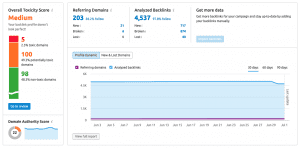
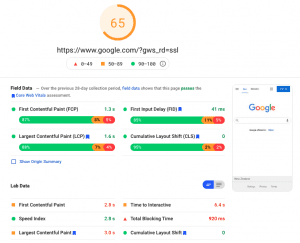
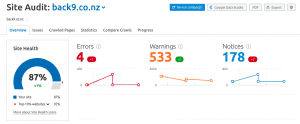
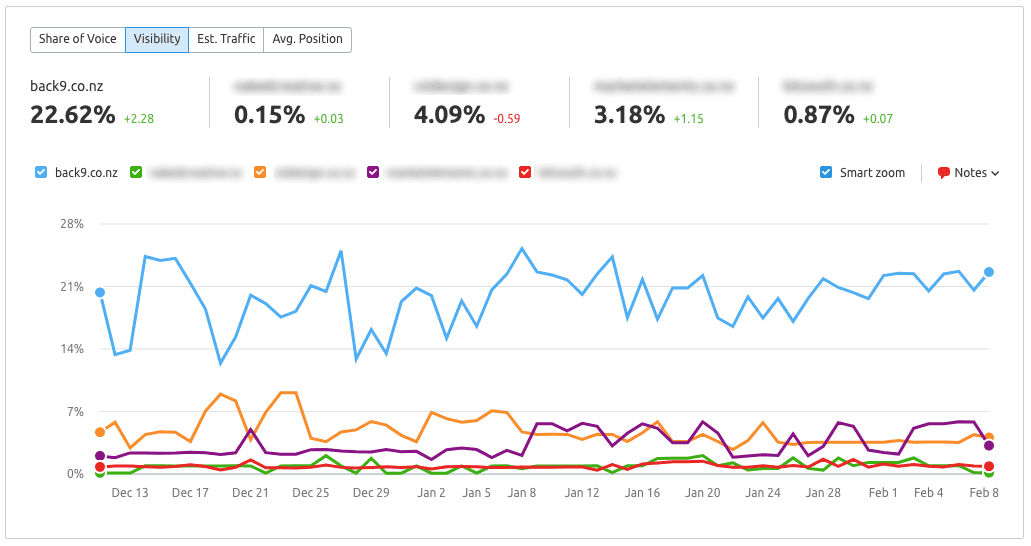
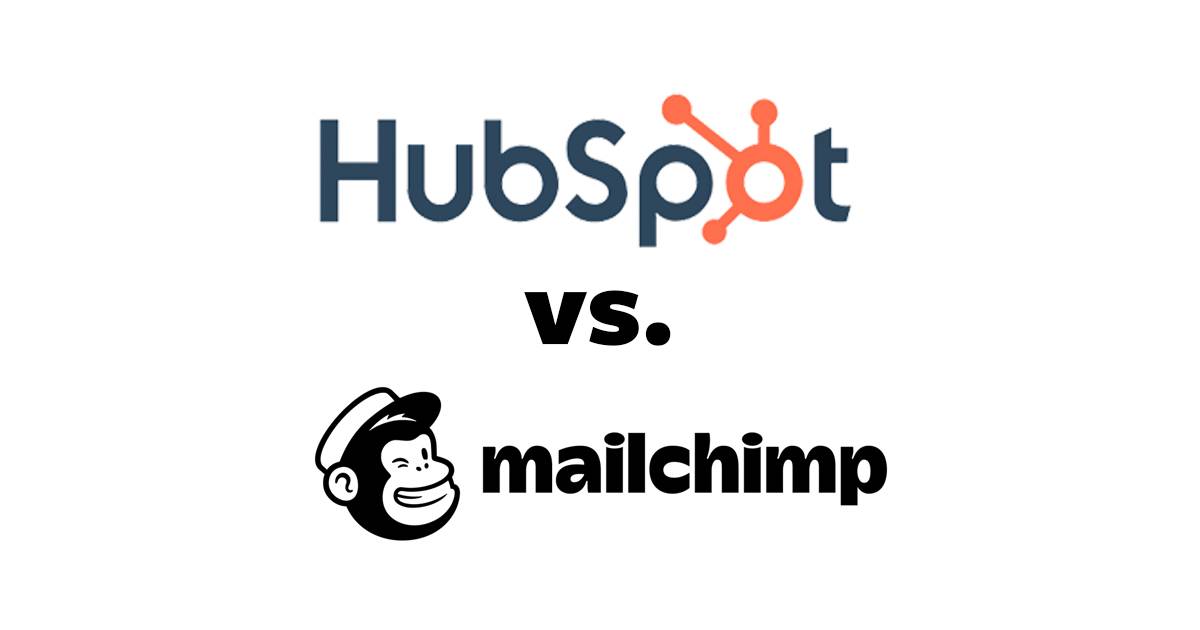
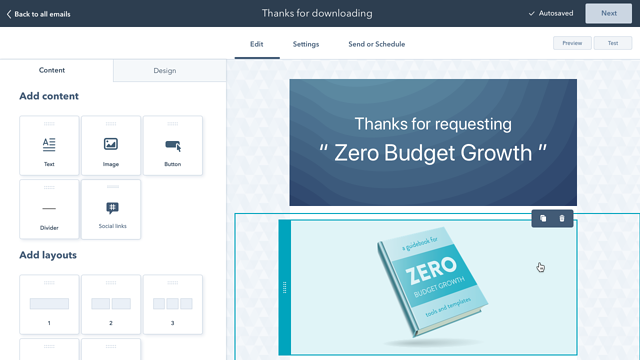
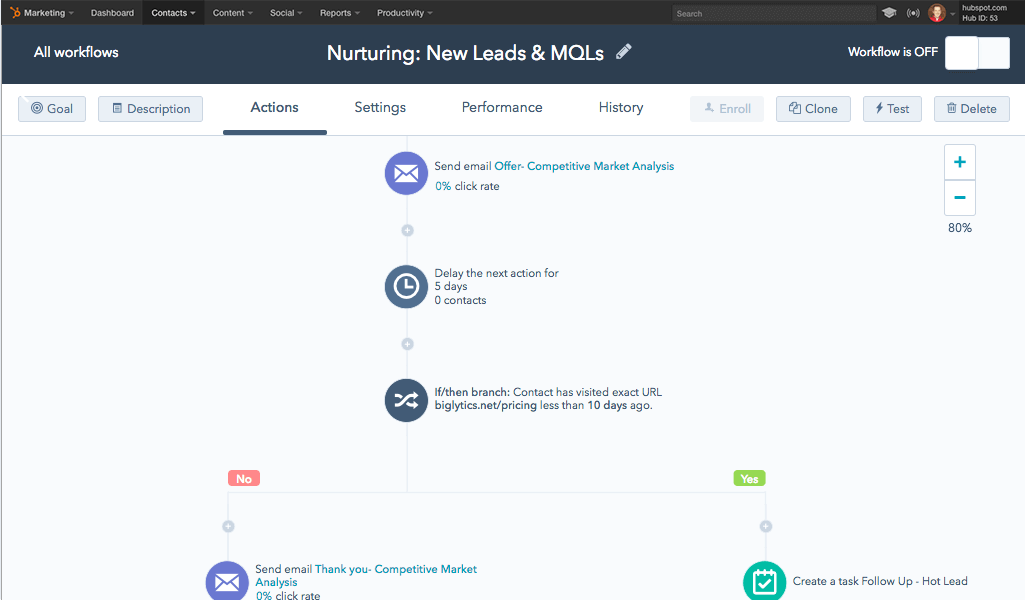
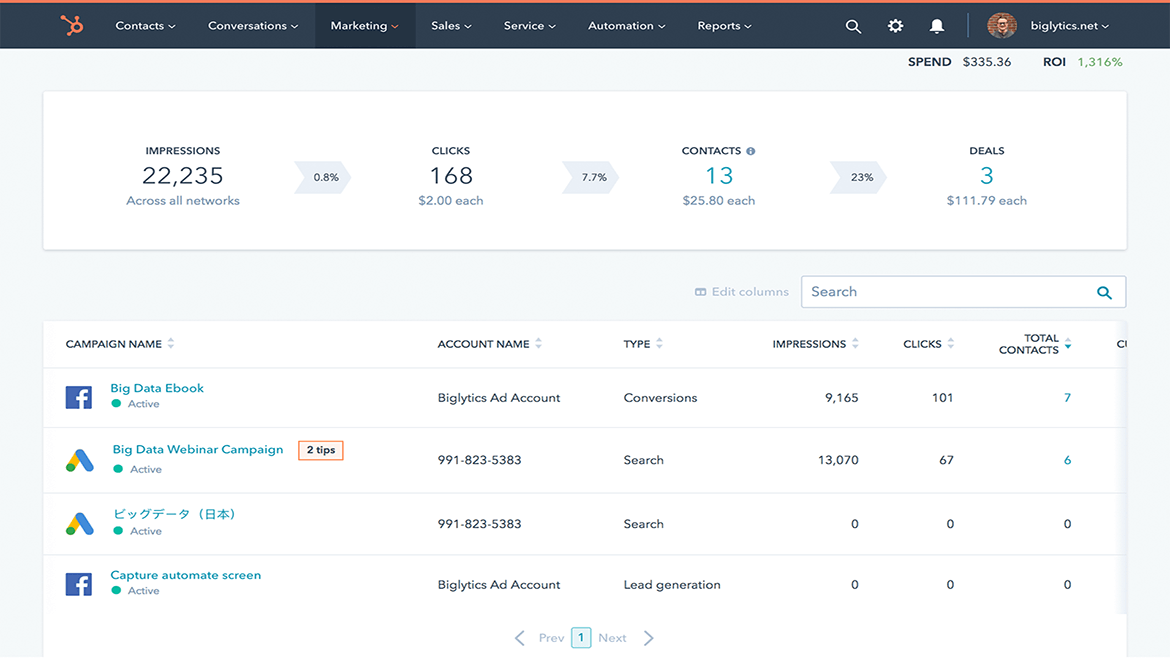
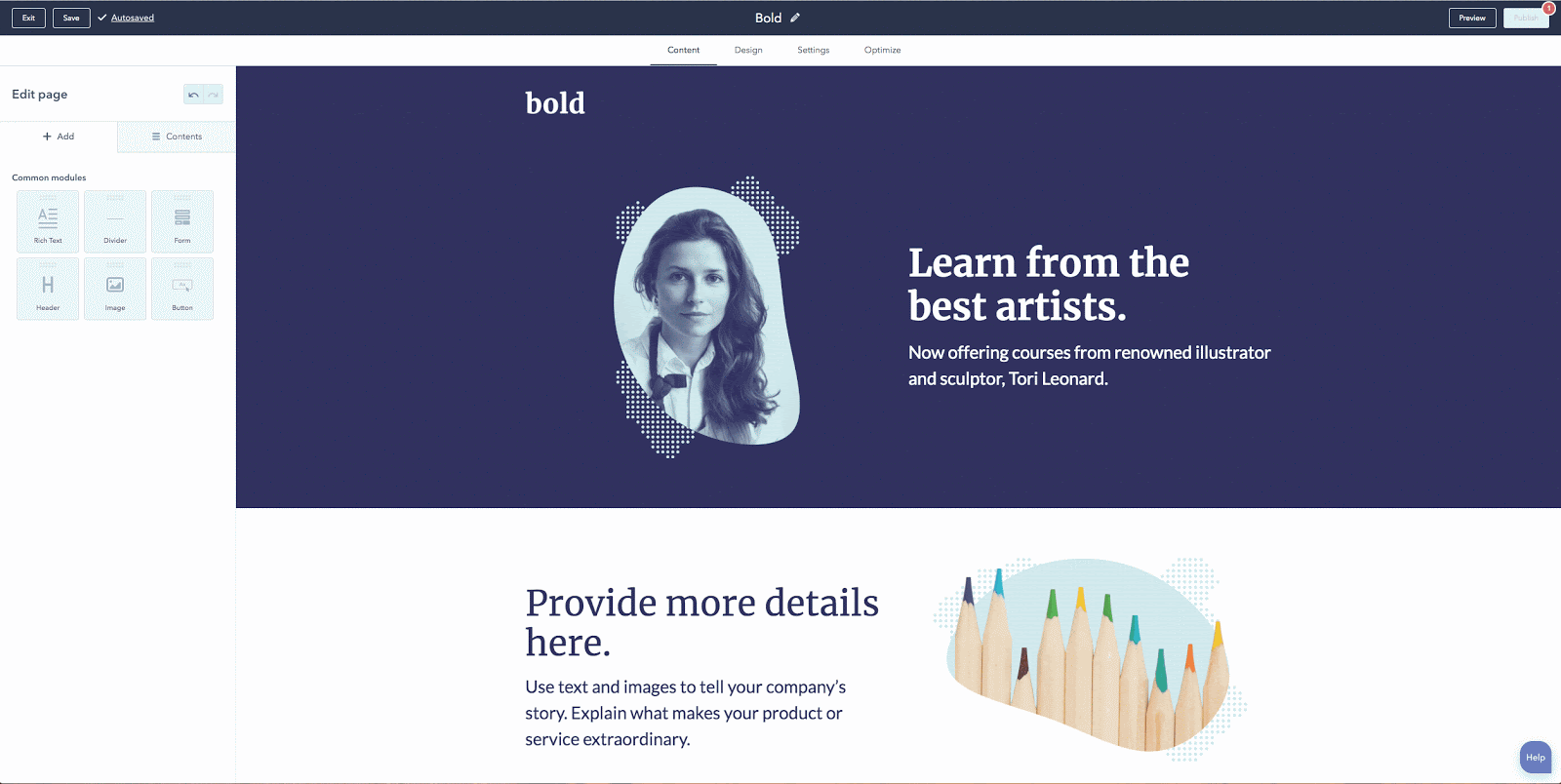







![Are Google and Facebook Spying on You? [VIDEO]](https://www.back9.co.nz/b9/wp-content/uploads/2021/05/Spy.jpg)
